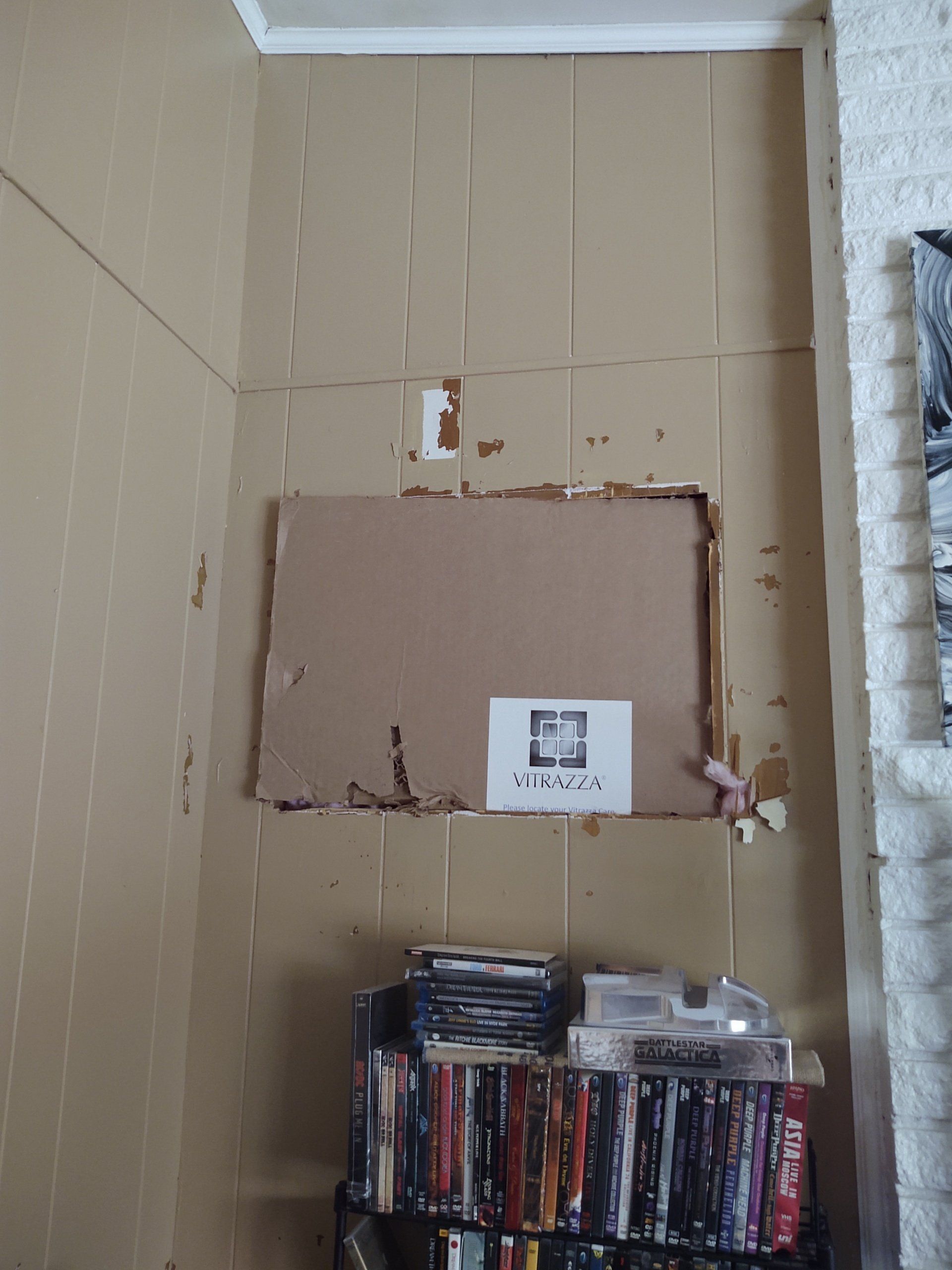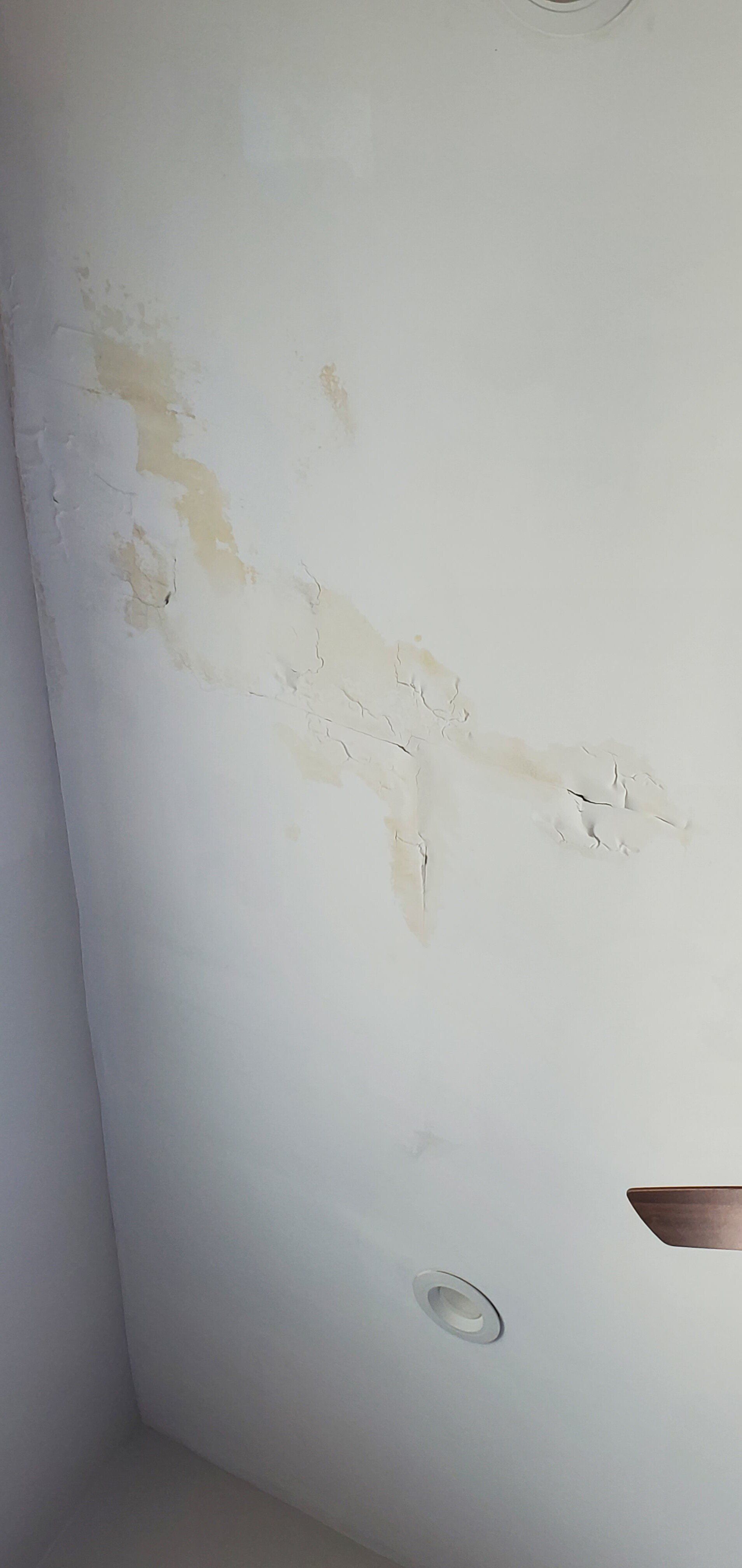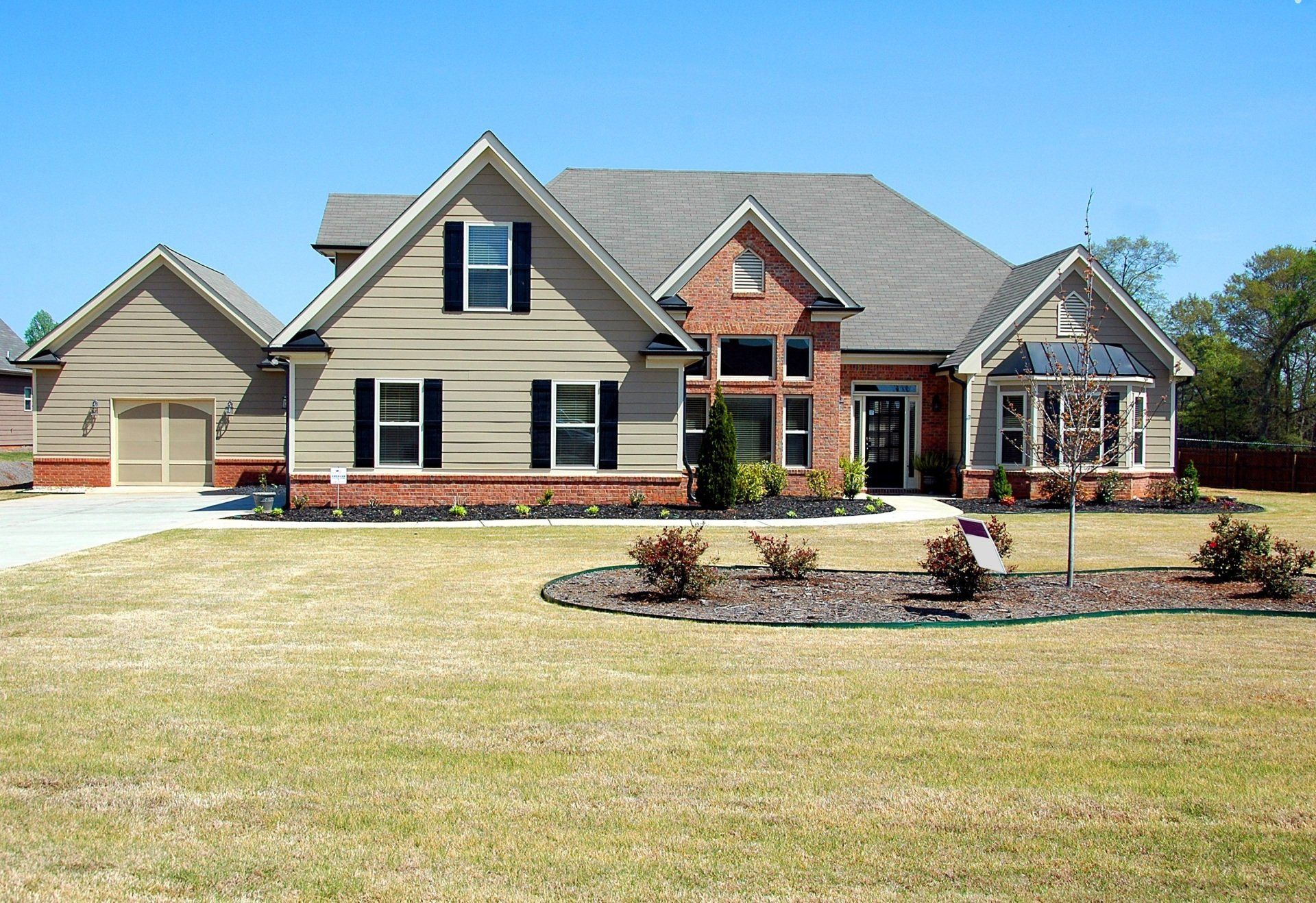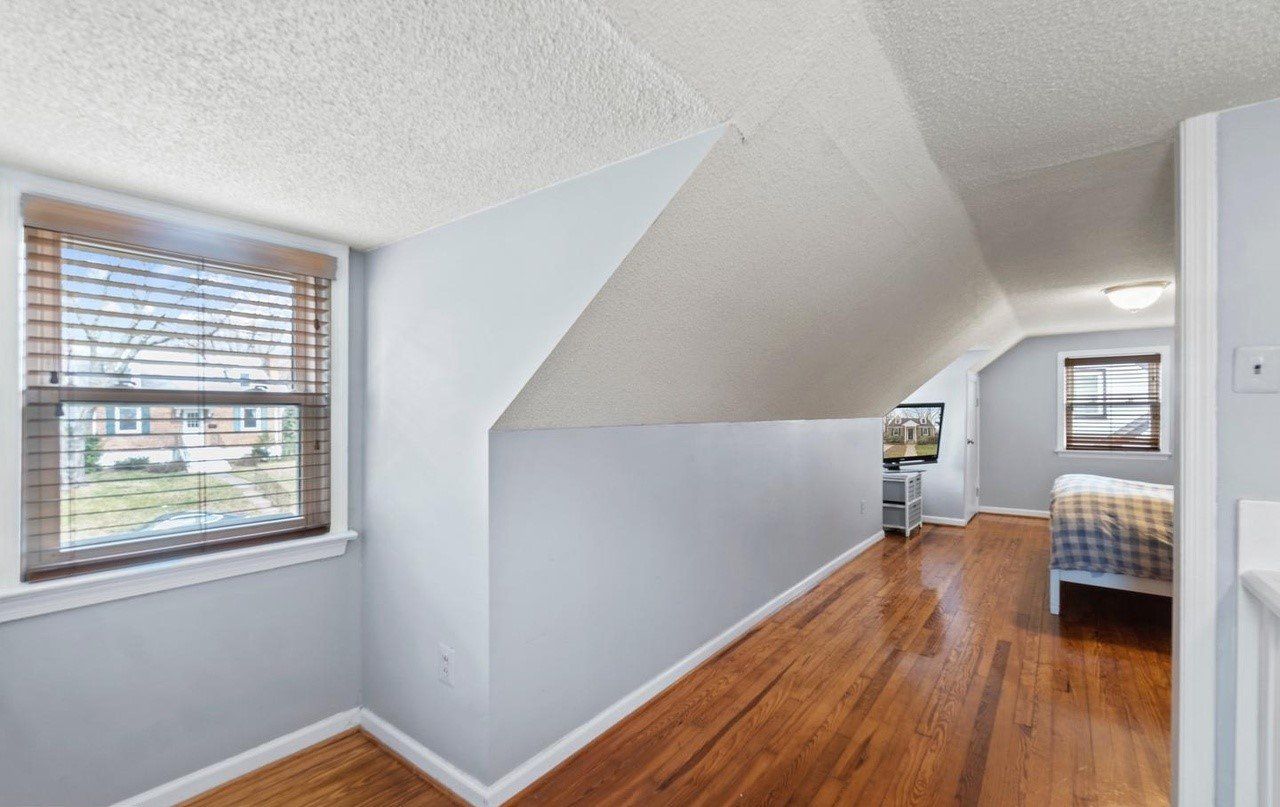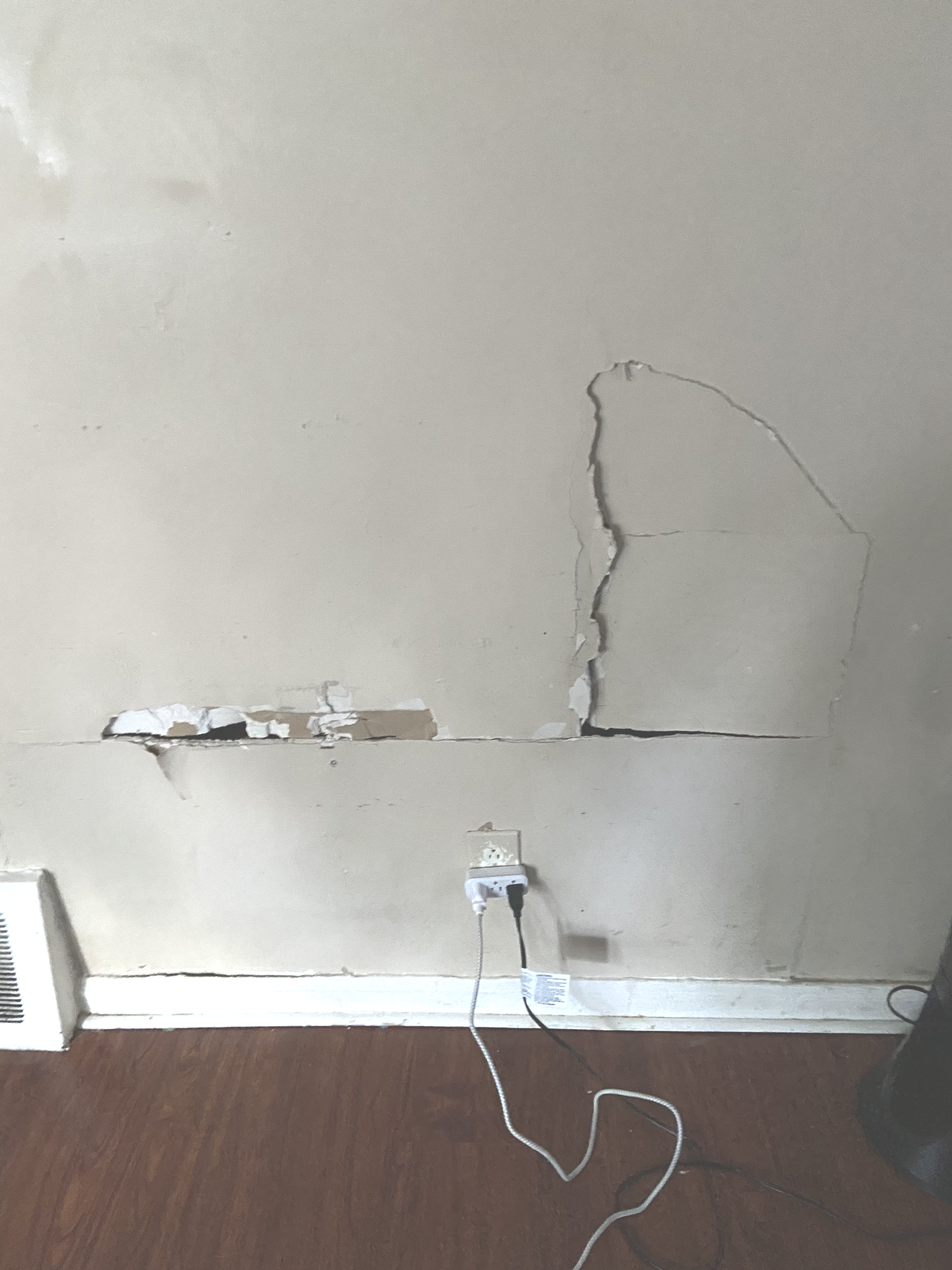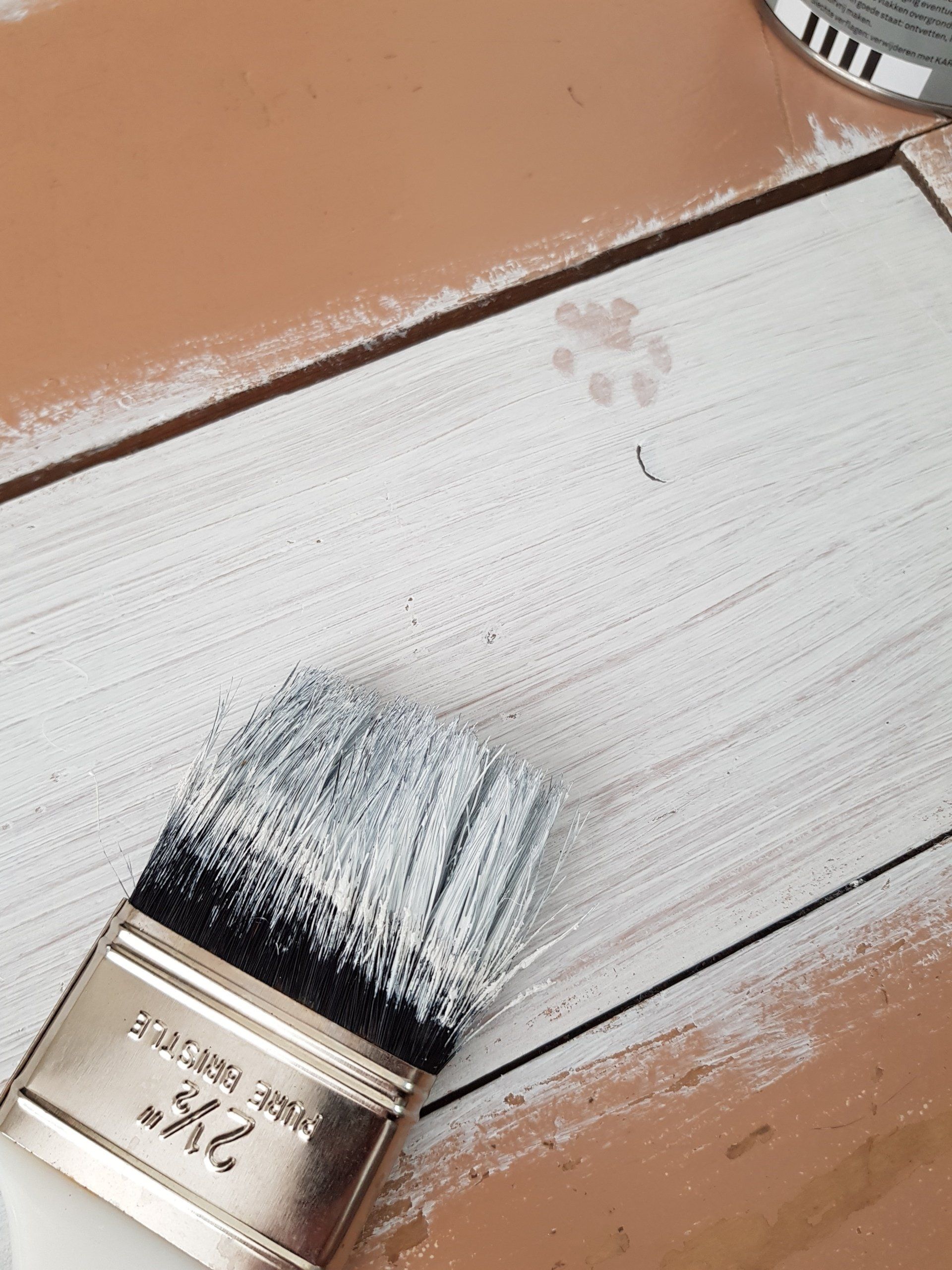Mastering the Art of Sanding Drywall with Fort Worth Drywall Contractor Services
Expert Techniques for Perfect Drywall Finishing
Sanding drywall may not be the most glamorous part of a renovation project, but it's undoubtedly one of the most crucial steps to achieving a flawless finish.
At
Fort Worth Drywall Contractor Services, we understand the nuances involved in this process and are committed to helping our clients achieve the best possible results.
This comprehensive guide will explore various techniques to efficiently and effectively sand drywall, ensuring a professional finish whether you're working on a ceiling, wall, or intricate mud work.

Understanding the Basics of Drywall Sanding
Drywall sanding is the final step in the drywall installation process. It involves smoothing out the joint compound (or drywall mud) that is used to cover seams, nails, and screws.
The goal is to create a seamless and smooth surface that is ready for painting or wallpapering. This process can be dusty and tedious, but with the right approach, it can be managed effectively.
Preparing Your Space and Safety Measures
Before beginning the sanding process, proper preparation is essential. Ensure the area is well-ventilated; drywall dust is fine and can quickly spread throughout your home or office.
Using dust barriers and ensuring that HVAC systems are off during the process will help contain the dust. Safety gear is also crucial; always wear a dust mask or respirator, safety goggles, and gloves to protect yourself from the fine particles.
Choosing the Right Tools for the Job
The tools you select can make a significant difference in the efficiency and ease of your sanding project. For most drywall sanding jobs, a hand sander or a pole sander is sufficient. These tools are perfect for reaching high ceilings and tight corners. For larger areas or commercial projects, using an electric drywall sander might be the fastest way to sand drywall, as it covers more area in less time and usually comes with a vacuum attachment to help manage dust.
Sanding Techniques for Different Drywall Tasks
Sanding Drywall Mud:
Best Way to Sand Drywall Mud: Start with a coarse-grit sandpaper to knock down any high spots or ridges in the dried mud. Once the major imperfections are addressed, switch to a finer grit to achieve a smooth, paint-ready finish. This two-step process is generally considered the best way to sand drywall mud efficiently.
Efficiently Sanding a Drywall Ceiling:
Easiest Way to Sand Drywall Ceiling: Use a pole sander with a pivoting head. This tool allows you to reach the ceiling comfortably and apply even pressure across the surface, reducing arm fatigue and ensuring a more uniform finish.
Achieving Smoothness on Walls:
Easiest Way to Sand Drywall: For walls, a hand sander with a fine-grit sandpaper usually suffices. It gives you greater control over pressure application, helping to avoid gouging the drywall.
Tips for a Dust-Free Environment
While it's challenging to completely eliminate dust when sanding drywall, there are several methods to minimize its presence:
Dustless Sanding Systems: These systems connect to a vacuum, which sucks up dust as it's produced. This not only makes the cleanup easier but also maintains a healthier work environment.
Wet Sanding: This technique involves using a damp sponge to smooth out the drywall mud. It's particularly useful for small projects or final touch-ups and significantly reduces dust.
After Sanding: Final Checks and Cleanup
Once sanding is complete, inspect the surface in good lighting to ensure that there are no imperfections. Use a damp cloth to wipe down the walls to remove any residual dust. This step is critical to prepare the surface for painting or applying other finishes.
Found this guide interesting? Also, check out our guide on drywall taping.
Continuous Improvement and Expertise at Fort Worth Drywall Contractor Services
At Fort Worth Drywall Contractor Services, we continually refine our sanding techniques and tools to ensure that we provide the most effective solutions for our clients. Whether you're renovating a historic home or constructing a new commercial space, our team is equipped with the knowledge and tools to achieve excellent results.
Ready to work with Fort Worth Drywall Contractor Services?
Let's connect! We’re here to help.
Send us a message and we’ll be in touch.
Or give us a call today at 111-222-3333
Agency Contact Form
We will get back to you as soon as possible
Please try again later
More Marketing Tips, Tricks & Tools
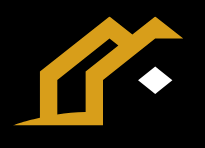
©Fort Worth Drywall Contractor Services
Get In Touch
© 2004 | Powered by UpShot
